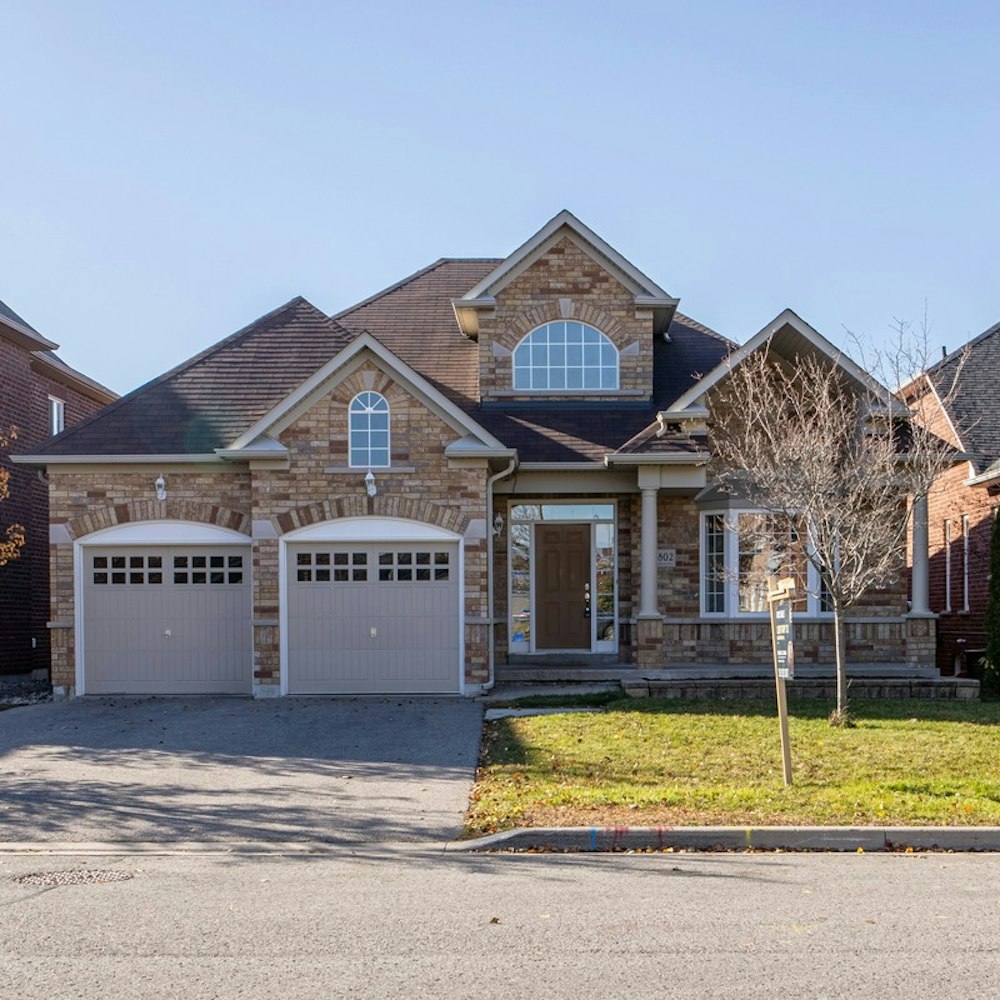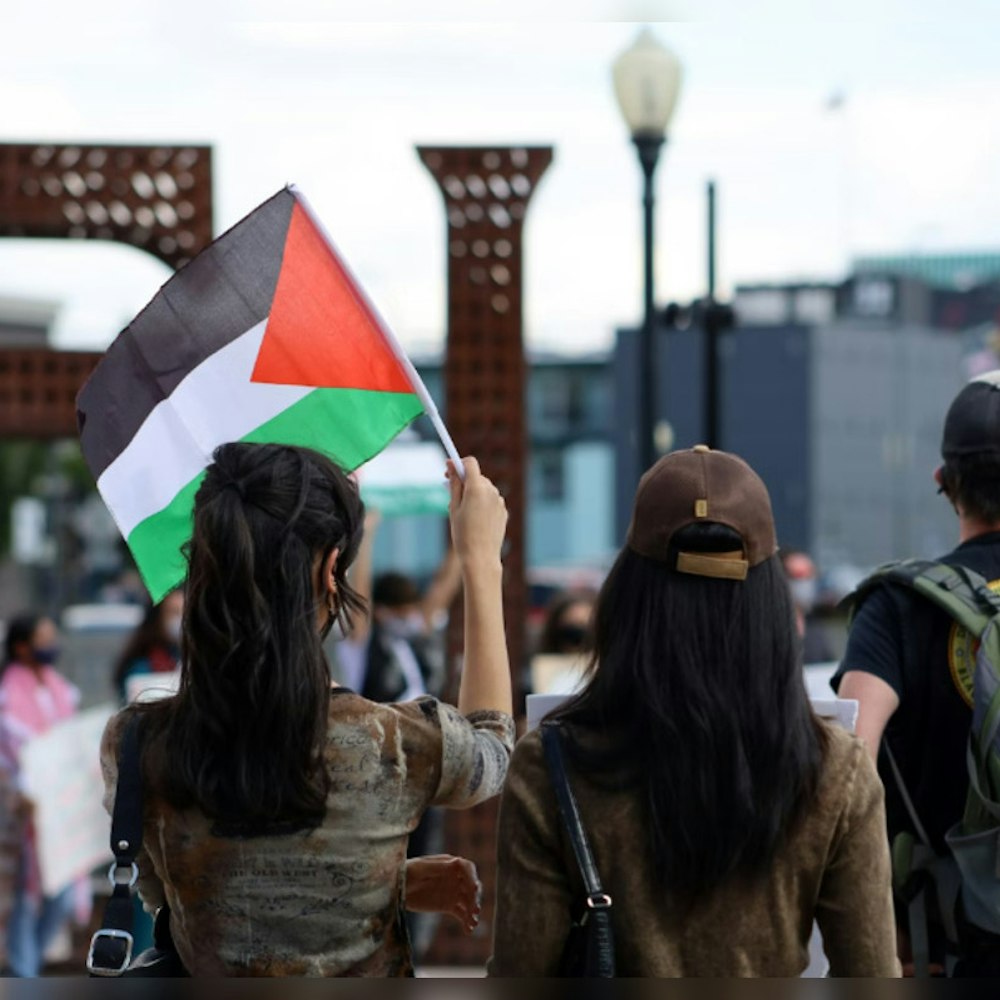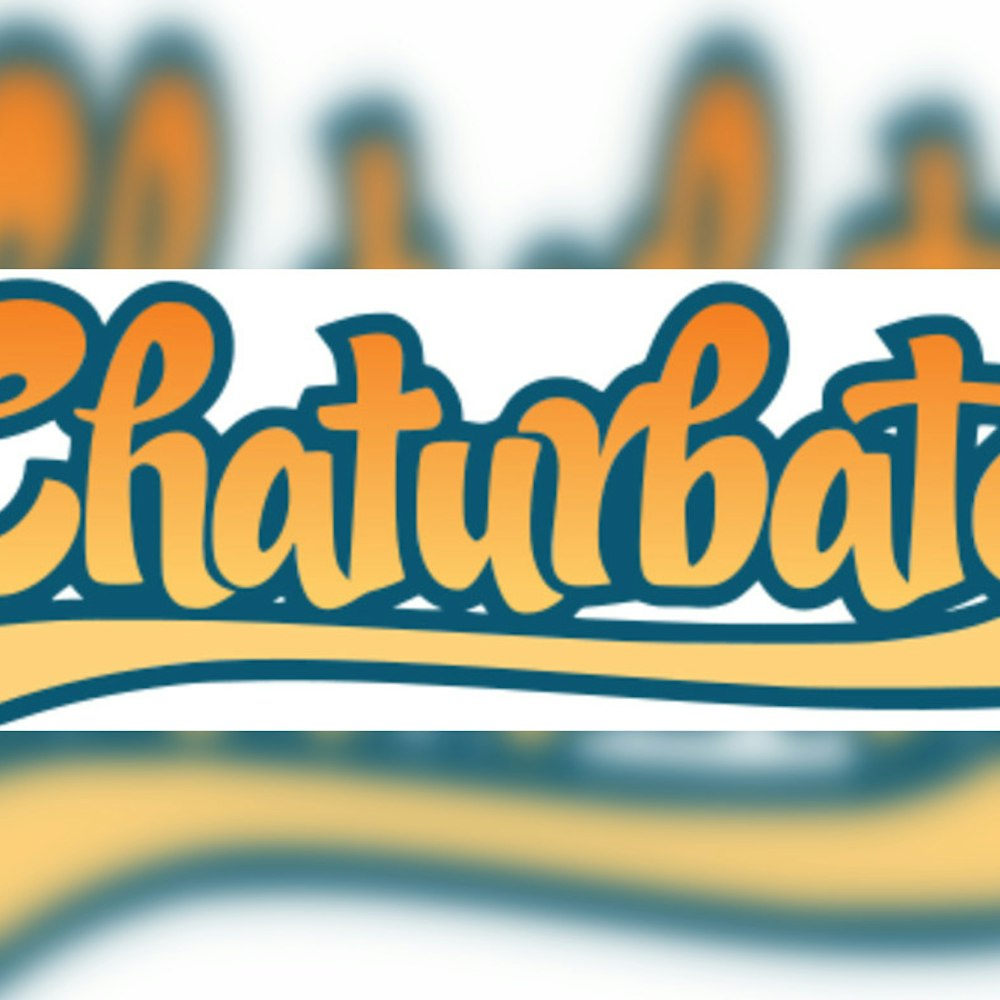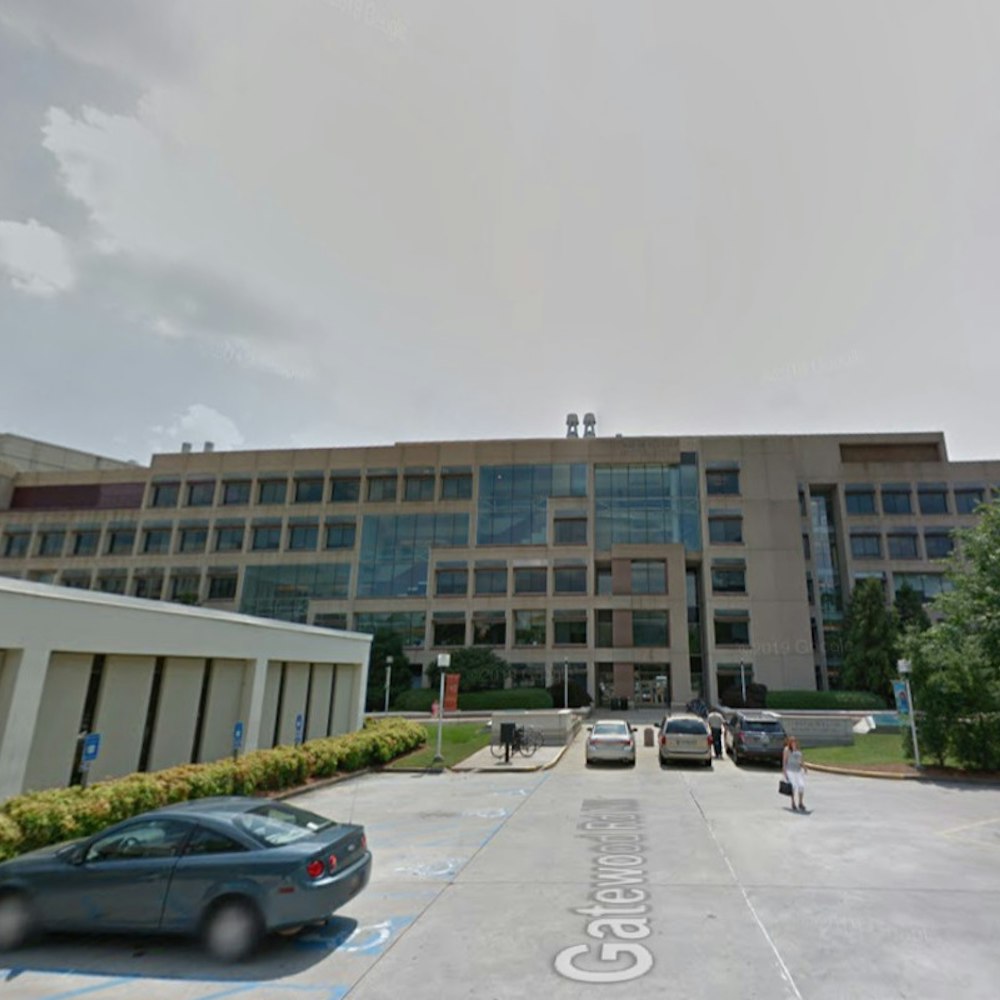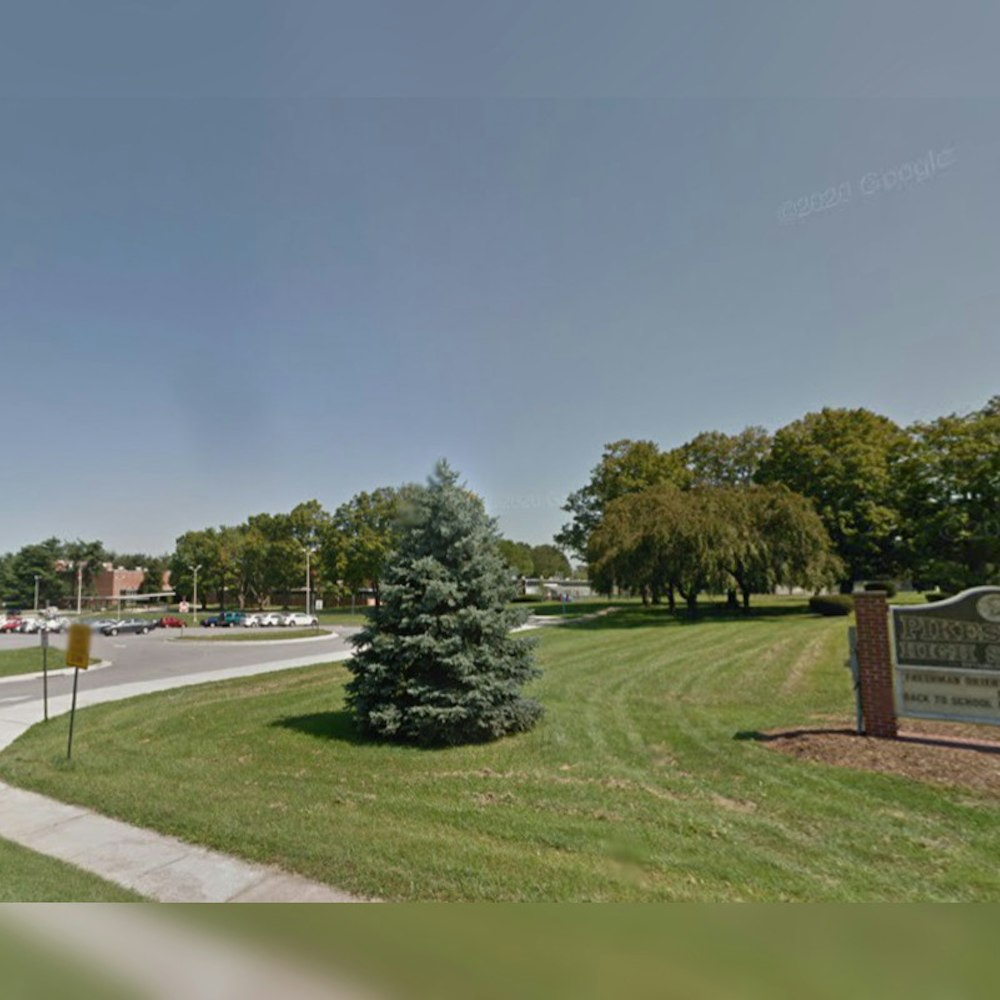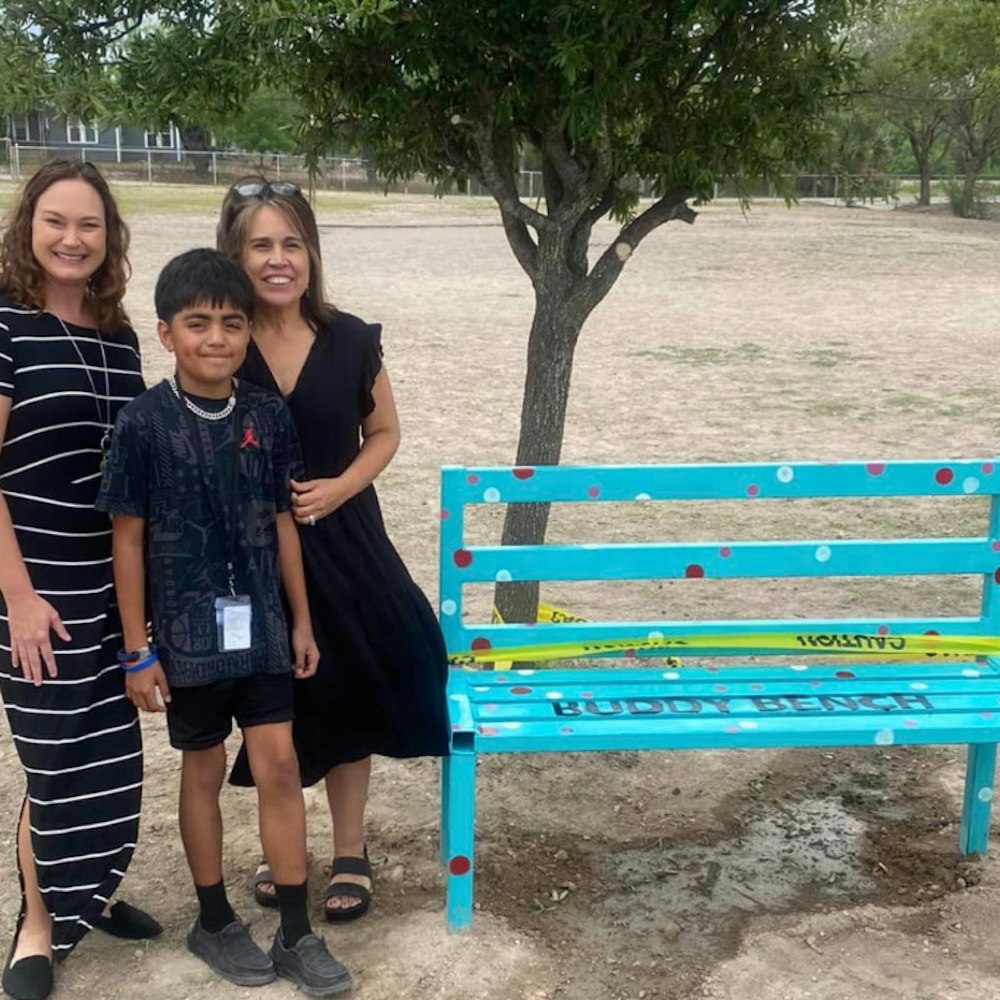
On Tuesday, the San Francisco Municipal Transportation Agency (SFMTA) approved the $14 million 3rd Street Transit and Safety Project, which will make significant changes to Third Street from Market to Townsend streets — with the goal of reducing bus delays and improving pedestrian safety.
Over the past five years, Third Street has seen 50 collisions between vehicles and pedestrians or cyclists, according to Steve Boland, project manager for SFMTA. Two of those incidents resulted in fatalities.
As a result, Third Street has been marked as a high-injury corridor under Vision Zero, the city's plan to eliminate all traffic-related deaths by 2024. The street's makeover will come very close to that deadline, with construction currently expected to conclude in 2023 or 2024.
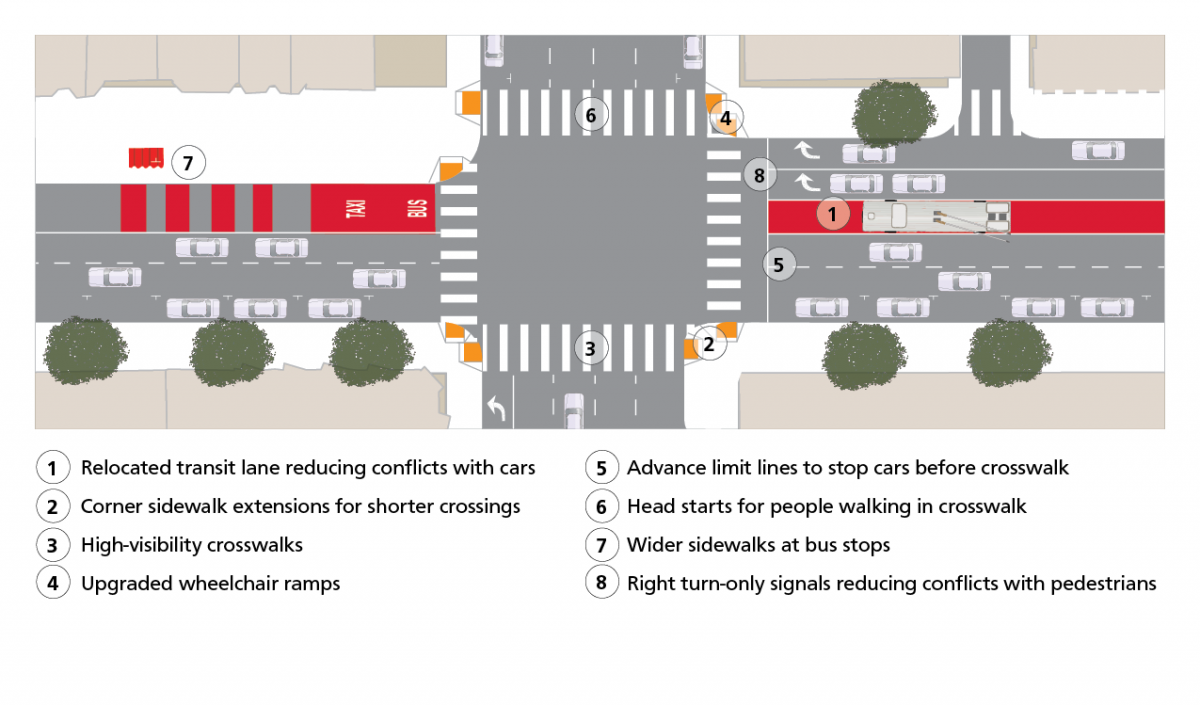
A one-way corridor boasting up to six lanes, Third Street is frequented by the 45-Union-Stockton, 30-Stockton, 8-Bayshore, and 8AX and 8BX-Bayshore Express buses. It's also popular with drivers, with a high volume of right turns towards the Bay Bridge at Folsom, Harrison and Bryant streets.
In more than two dozen stakeholder meetings about the project, the SFMTA received consistent feedback that buses on the corridor are overcrowded and pedestrians are unsafe in crosswalks.
That's largely because of vehicle drivers blocking the right-hand transit-only lanes (or attempting to get around already blocked lanes), especially during the busy afternoon rush to turn right towards the Bay Bridge.
Under the new plan, the biggest change on Third Street will be a dedicated transit lane for buses away from the curb, with an additional right-turn lane to better accommodate Bay Bridge traffic.
During rush hour, Third Street is used by one bus approximately every 90 seconds. But for the prime hours between 3 and 7 p.m., "[bus operators] who have been driving on 3rd Street for a while just take it as a sort of fact of life that the transit lane is going to be useless," Boland told the agency's board of directors at yesterday's approval meeting.
"What happens regularly is that buses will just go out and go around traffic, which is a very time-consuming process," he added.

In addition to the upgraded transit lanes, the project will introduce more evenly spaced bus stops, corner sidewalk extensions for shorter crossings, new wheelchair ramps and wider sidewalks at bus stops. New right-turn-only signals will aim to reduce crosswalk conflicts between drivers and pedestrians.
At yesterday's board of directors meeting, a Walk San Francisco representative said that the proposed changes will "greatly improve the safety of those who walk and take transit" in that area.
The first phase of the project will kick off later this year, with the installation of boarding islands, painted safety zones and new crosswalks at the intersections of Third Street with Folsom Street and Bryant Street. Further changes will occur in stages, with the goal of wrapping up in 2023 or 2024.
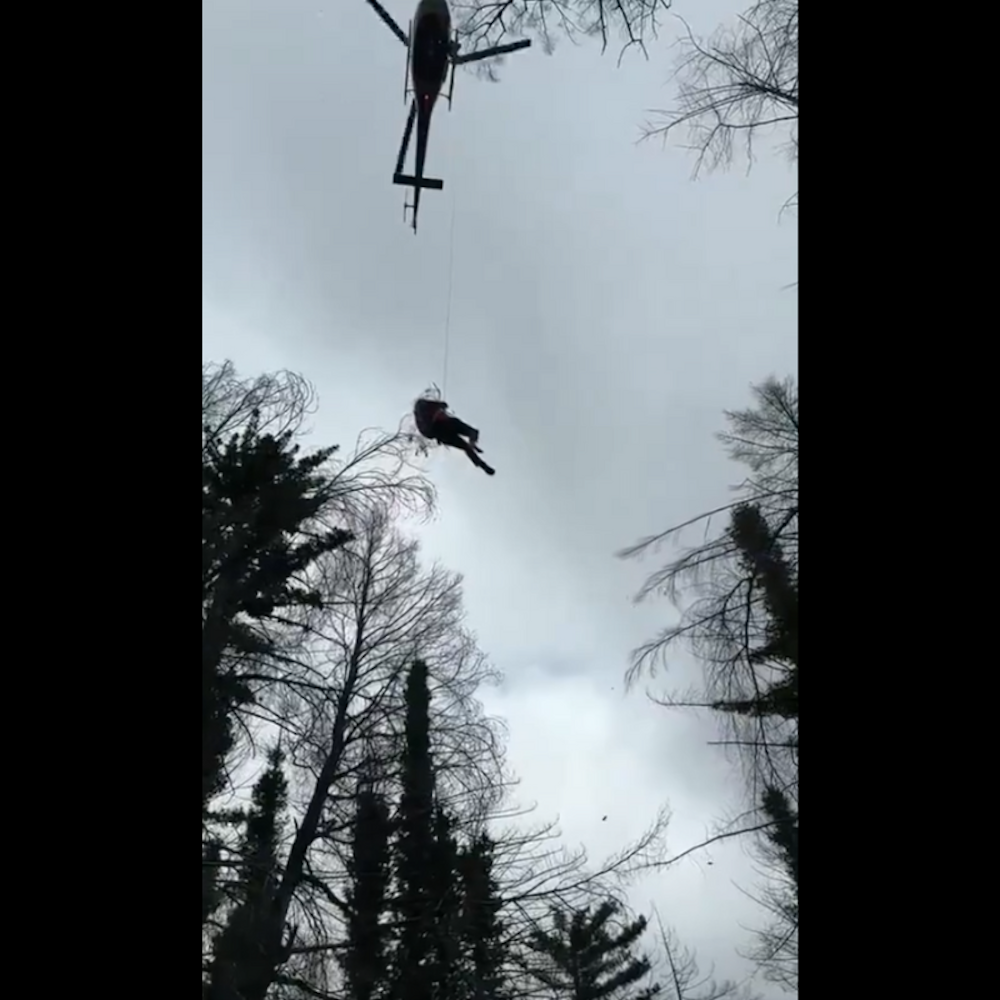
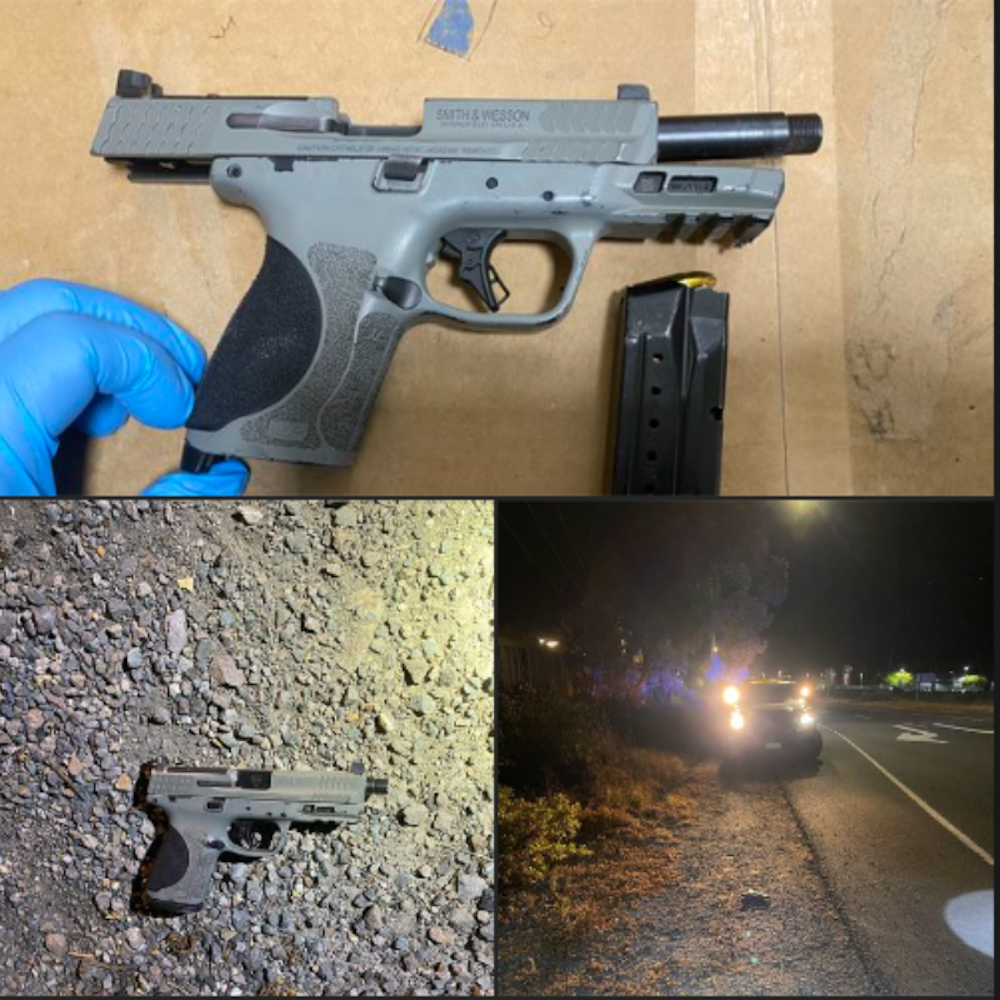
-2.webp?w=1000&h=1000&fit=crop&crop:edges)
